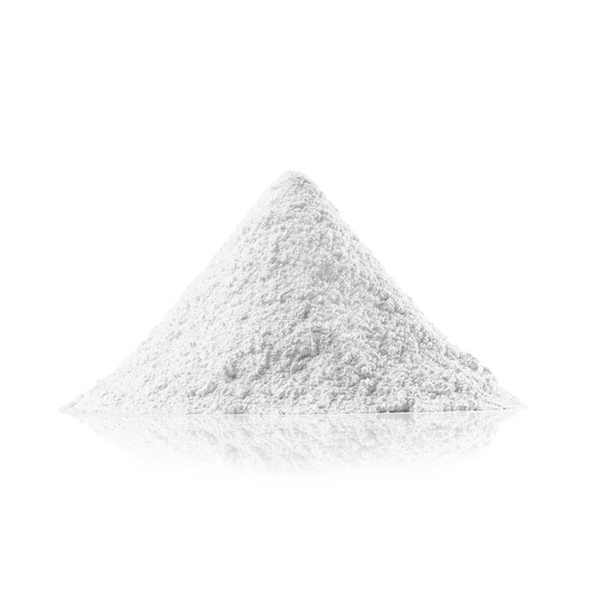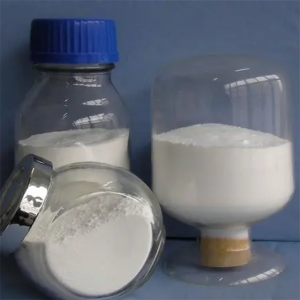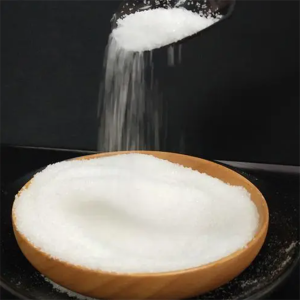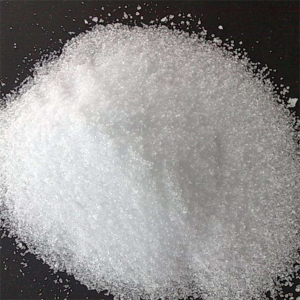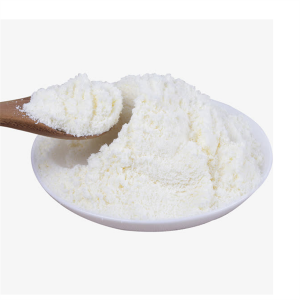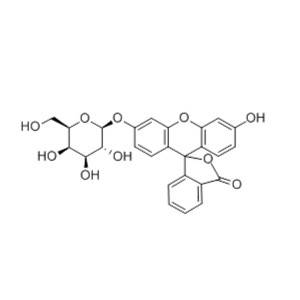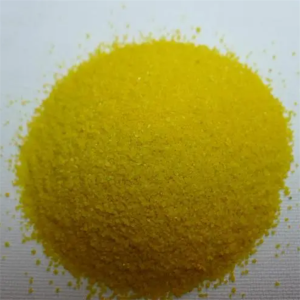Stearic acid CAS:57-11-4
Name: Stearic acid
CAS: 57-11-4
Feature:
Stearic acid, also called ctadecanoic acid, one of the most common long-chain fatty acids, found in combined form in natural animal and vegetable fats. Stearic acid is a saturated fatty acid with an 18-carbon chain. The IUPAC name is octadecanoic acid. It is a waxy solid and its chemical formula is C17H35CO2H. Stearic acid is a typical example of a fatty acid, which are essentially long hydrocarbon chains containing a carboxyl group at one end and a methyl group at the other. Stearic acid is a saturated acid, since there are no double bonds between neighbouring carbon atoms.
In general, the applications of stearic acid exploit its bifunctional character, with a polar head group that can be attached to metal cations and a nonpolar chain that confers solubility in organic solvents. The combination leads to uses as a surfactant and softening agent. Stearic acid undergoes the typical reactions of saturated carboxylic acids, a notable one being reduction to stearyl alcohol, and esterification with a range of alcohols. This is used in a large range of manufactures, from simple to complex electronic devices.
Stearic acid has the following applications/functions:
1. Stearic acid is found in some foods.
2. Stearic acid is mainly used in the production of detergents, soaps, and cosmetics such as shampoos and shaving cream products. Soaps are not made directly from stearic acid, but indirectly by saponification of triglycerides consisting of stearic acid esters. Esters of stearic acid with ethylene glycol (glycol stearate and glycol distearate) are used to produce a pearly effect in shampoos, soaps, and other cosmetic products. They are added to the product in molten form and allowed to crystallize under controlled conditions. Detergents are obtained from amides and quaternary alkylammonium derivatives of stearic acid.
3. Stearic acid can be used as lubricant, softener and release agent.
4. Being inexpensive, nontoxic, and fairly inert, stearic acid finds many niche applications.
Composition:
Appearance: White powder
Packing: 25kg/drum or as discussed
Shelf Life: 2 years
Storage: Store in cool and dry area
Certification:ISO GMP KOSHER HALAL
